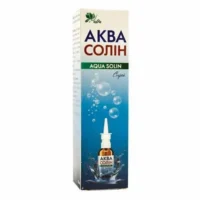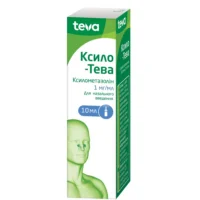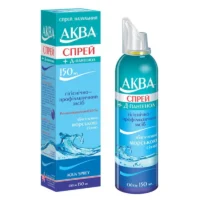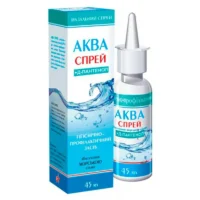Description
Rinazolin (Oxymetazoline) Nasal Drops 0.025% 10 ml Vial
Ingredients
- Active ingredient: Oxymetazoline hydrochloride 0.025% w/v
- Other ingredients: benzalkonium chloride, sodium chloride, sodium citrate, citric acid, purified water
Dosage
Adults and children over 6 years: 2-3 drops in each nostril every 10-12 hours. Do not exceed 2 doses in 24 hours.
Indications
Rinazolin nasal drops are indicated for the relief of nasal congestion due to colds, hay fever, or other upper respiratory allergies.
Contraindications
Do not use Rinazolin nasal drops if you are allergic to oxymetazoline or any other ingredients in the product. Consult a healthcare professional before use if you have heart disease, high blood pressure, thyroid disease, diabetes, or prostate enlargement.
Directions
- Tilt your head back and instill the drops into each nostril.
- Breathe in gently.
- Use as directed by your healthcare provider.
- Do not use for more than 3 days in a row.
Scientific Evidence
Oxymetazoline, the active ingredient in Rinazolin nasal drops, is a vasoconstrictor that works by constricting blood vessels in the nasal passages, leading to decreased swelling and congestion. Studies have shown that oxymetazoline is effective in providing rapid relief from nasal congestion with minimal systemic absorption, making it a preferred choice for nasal congestion relief.
Additional Information
- Rinazolin nasal drops should not be used in children under 6 years of age without medical advice.
- Avoid using the drops for more than 3 consecutive days to prevent rebound congestion.
- If symptoms persist or worsen after using Rinazolin, discontinue use and consult a healthcare professional.





